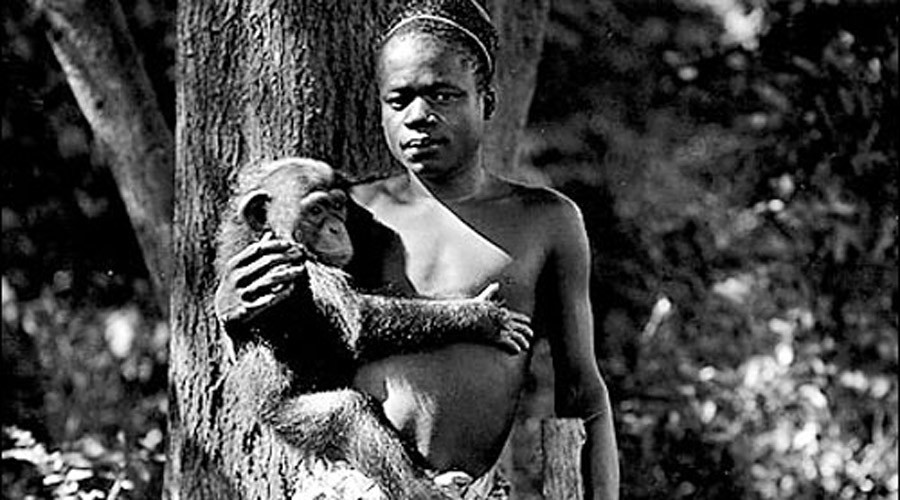Has it (the attitude) really changed that much?
Have a look at what the Australian authorities are going to Indigenous Australian communities in Western Australia and the Northern Teritorry.
The Australian authorities classified the Indigenous Australians as Flora and Fauna and NOT men/women or people.
From the article on 20 Mar 2016 by rt.com of the headline:
100 years ago today, Ota Benga ended his horrible life after caged as ‘pygmy’ at Bronx Zoo

100 years ago, on March 20, 1916, Ota Benga took a gun and fired
a bullet into his own heart, ending the short and tragic life of the
“missing link” from Africa.
The 32-year old Mbuti man from along the Kasai River in what is now the Democratic Republic of Congo stood just four feet, eleven inches tall and had teeth filed to sharp points, which was reportedly a tradition for his tribe.
Samuel Phillips Verner, an American businessman in Africa tasked with acquiring pygmies for a “cultural evolution” display at the World’s Fair’s Louisiana Purchase Exposition, encountered Benga in 1904.
How Verner came to "acquire" Benga is unclear, with the “pioneering” Presbyterian missionary claiming to have "saved" him from a cannibalistic tribe who had kidnapped him.
The controversial exhibit showed real humans from a number of “exotic” ethnicities dressed in their native gear on a staged reproduction of their homes.
Verner got him a place to live inside at the American Museum of Natural History in New York where he was “free to roam” until he threw a chair at Florence Guggenheim and was relocated to the Bronx Zoo.
Crowds flocked to see the sight which entertained and disgusted in equal measure.
The secretary of the zoo at the time was eugenicist Madison Grant, whose writings on the “dangers” of “inferior” races outbreeding and mixed breeding with Caucasians earned him a letter of thanks from Adolf Hitler.
Noting his popularity with visitors and his affection for the monkey enclosure, Benga was encouraged step by step to take up residency with the monkeys.
The New York Times wrote, “he is probably enjoying himself as well as he could anywhere in his country, and it is absurd to make moan over the imagined humiliation and degradation he is suffering.”
READ MORE: Never forget: Bronx Zoo criticized for treatment of elephants
There was also disgust expressed at Benga’s display, with a reader of The New York Globe writing: “I lived in the south several years, and consequently am not overfond of the negro, but believe him human. I think it a shame that the authorities of this great city should allow such a sight as that witnessed at the Bronx Park — a negro boy on exhibition in a monkey cage.”
Days later, the exhibit came to an end when members of the Colored Baptist Ministers Conference protested what they called “degrading”.
“We think we are worthy of being considered human beings, with souls,” the committee wrote.
Still "resident" at the zoo, now "free to roam" again, crowds followed the man, jeering and shouting at him.
He then moved to Lynchburg, Virginia, where his teeth were capped and his name changed to Otto Bingo, his American nickname.
He attended school for a short time until he felt his English was sufficient and took up work at a tobacco factory.
Soon he pined for his home in Africa, but a return was not likely due to the outbreak of World War I preventing passenger ship travel.
On March 20, 1916, he removed the caps from his teeth, built a ceremonial fire, and with a stolen gun, shot himself in what was likely a broken heart.
Benga was buried in an unmarked grave in Lynchburg, but his legacy lives on to remind us of man’s potential brutality to man.
Honesty prevails - if you have a debt - don't be afraid deal with it - many people suffer with mental illness by not dealing with it or seek help from family, friend and/or financial
ReplyDeletecouncilor. Once you deal with it there is no embarrassment.